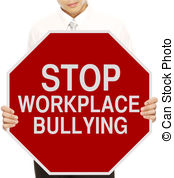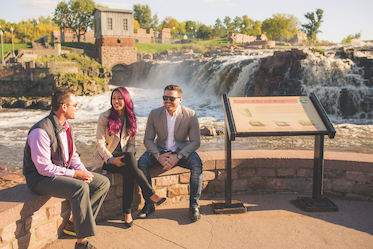Keep your workplace safe from bullies
This piece is presented by Avera Health.
Bullying isn’t confined to the playground. It also occurs in the workplace, and it’s a growing national concern. According to a national survey from the Workplace Bullying Institute, almost one-third of workers report having felt bullied at work. Unfortunately, 40 percent of bullying targets never tell their employers.
Here are other revealing findings from the institute’s workplace survey:
- 27 percent have current or past direct experience with abusive conduct at work.
- 72 percent of Americans are aware of workplace bullying.
- 21 percent have witnessed bullying happening to others.

“The real solution is for employers to create an environment that prevents bullying,” said Tim Heerts, Avera Employee Assistance Program trainer and consultant.
For employers who want to promote a workplace that is productive, safe and conducive to personal growth, it means maintaining a positive work environment and confronting bullying behavior immediately.
What is workplace bullying?
According to the Workplace Bullying Institute, workplace bullying is repeated, health-harming mistreatment of one or more persons — the targets — by one or more perpetrators. It is abusive conduct that is threatening, humiliating or intimidating. It also can be work interference — sabotage — that prevents work from getting done or verbal abuse.
There is a difference between bullying and setting work expectations. “It’s not harassment for a supervisor to expect quality work from someone. It’s the behavior that the supervisor uses to communicate with that employee. There are respectful ways to say, ‘I need better work from you,’ but then there are abusive ways to do that,” Heerts said.
How do you recognize bullying in the workplace?
“One of the primary ways you know you’re being bullied is if you dread going back to work to face one person and that individual’s ugly behavior,” Heerts said. Find a list of signs of bullying at workplacebullying.org.
What should you do if you’re being bullied?
Address the actions directly with the bully. Let the individual know that you know the behavior is happening and that it’s unacceptable.
The next step is to go to the bully’s supervisor, your supervisor or human resources. Once the bullying starts, take confidential notes to back up what is happening. If the issue remains unresolved, request to meet with the next-level leader within your department structure.
Look to your Employee Assistance Program for help, if available. “Being the target of a bully really affects a person’s health. EAP is a great place to turn to talk about it,” Heerts said.
Check workplace violence policies or the employee handbook at your place of employment.
What should you do if you observe bullying in the workplace?
The No. 1 goal is to support the target. This person often becomes isolated; the bully is an expert at making sure of that. The target needs to know he or she is not alone.






